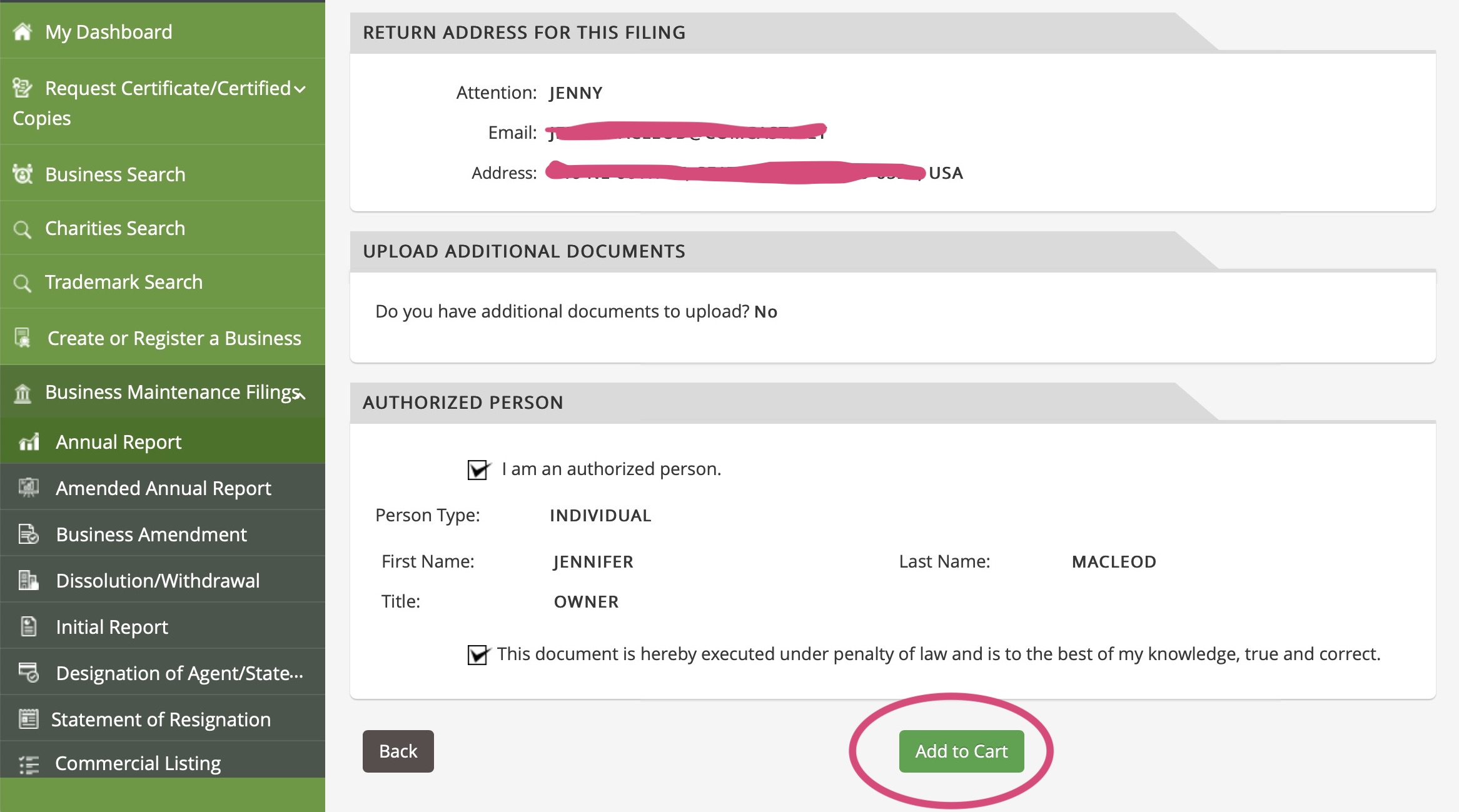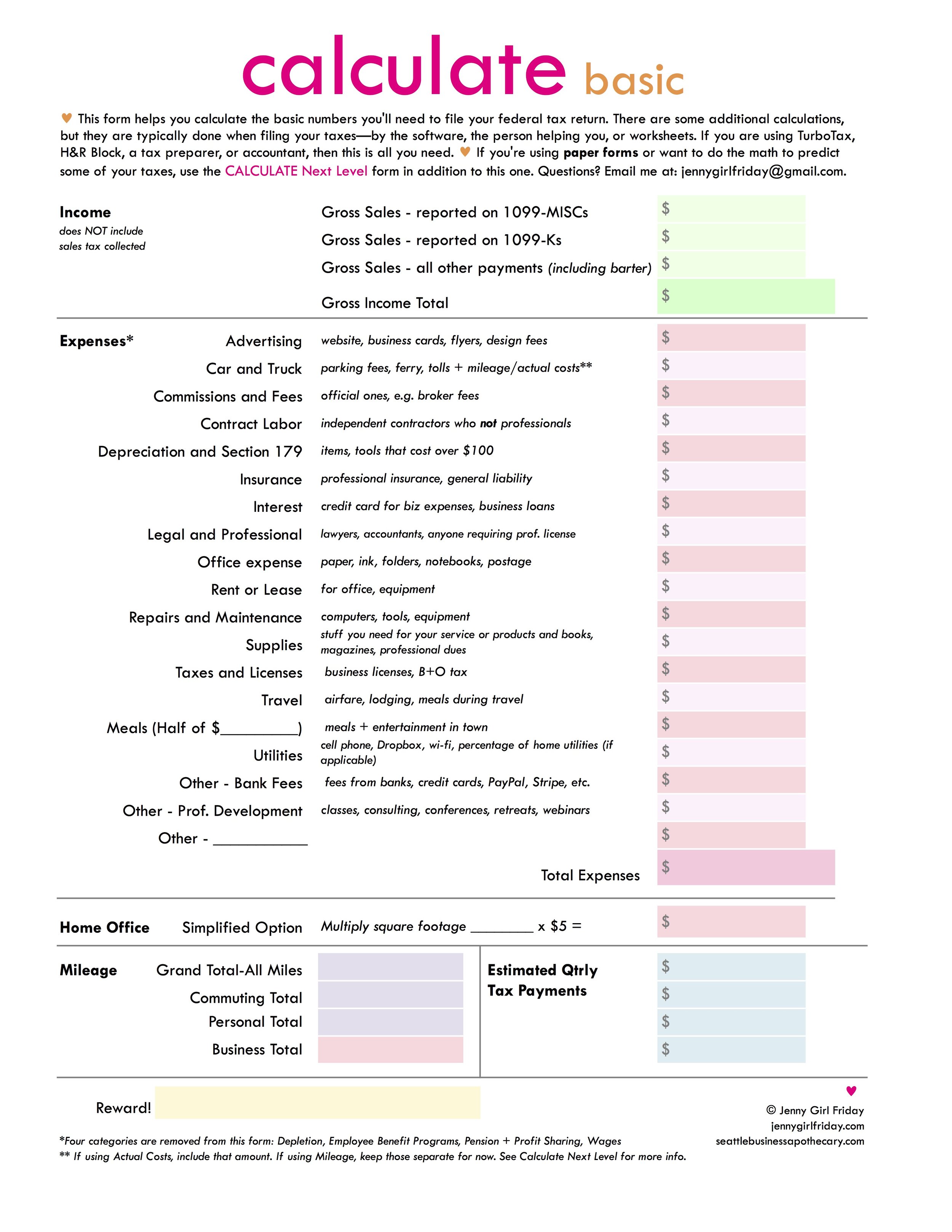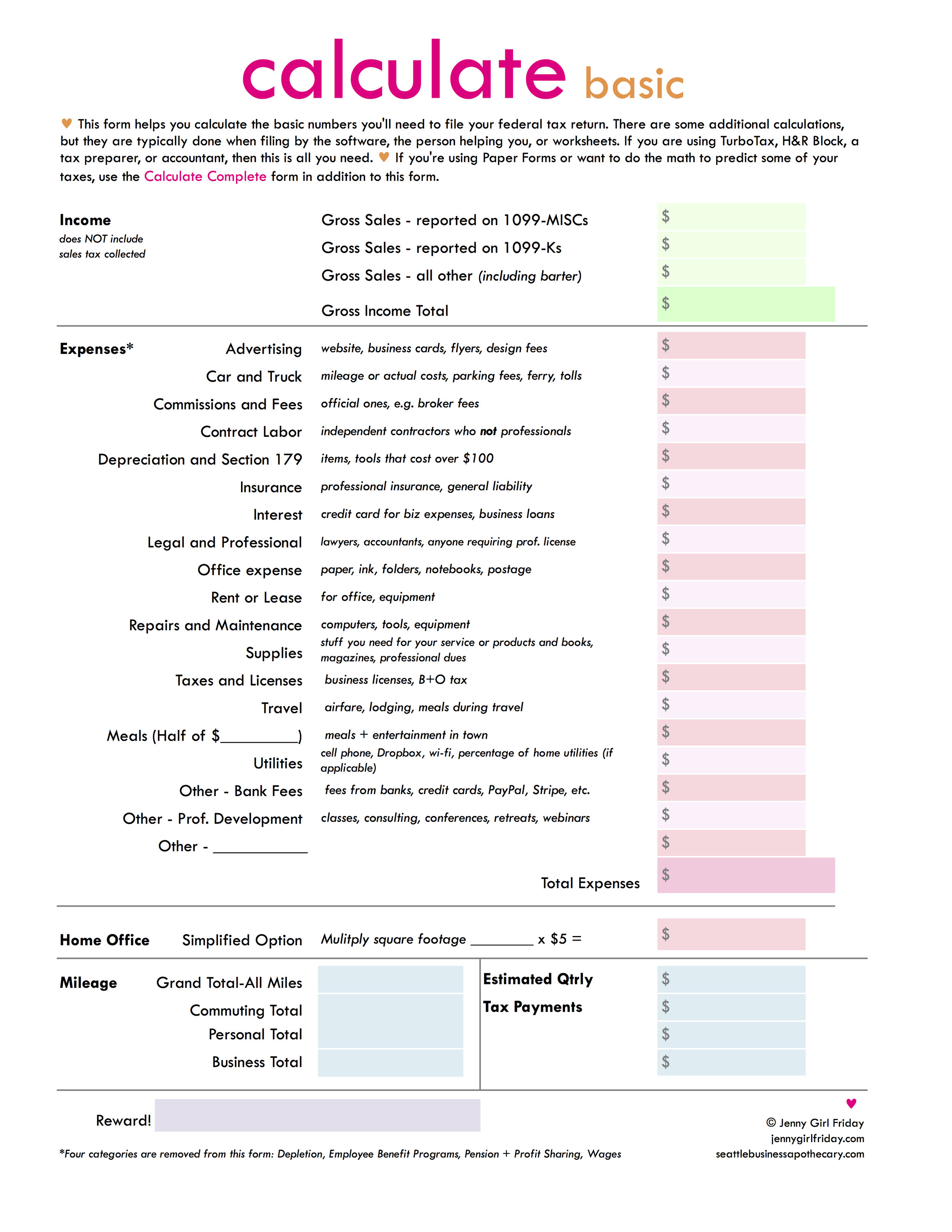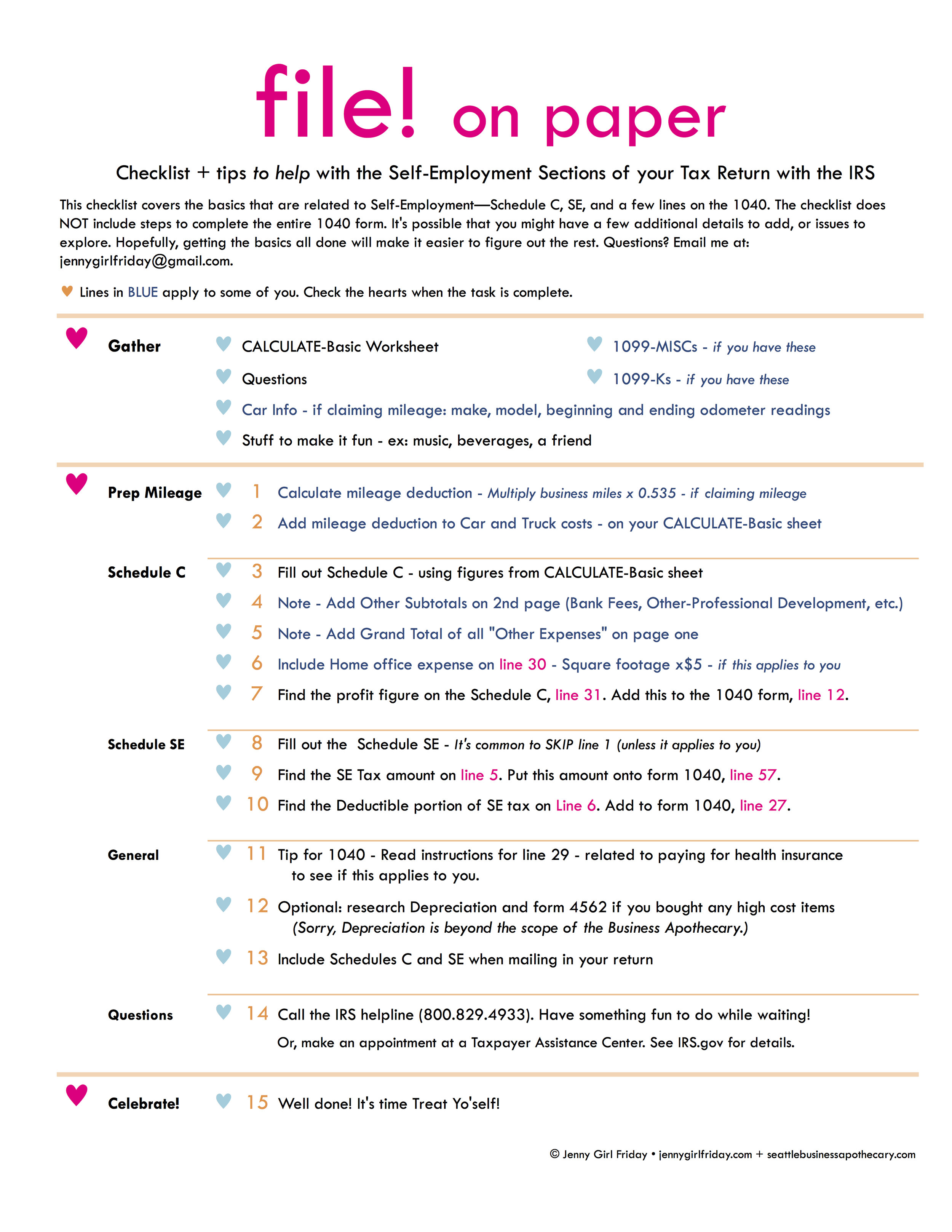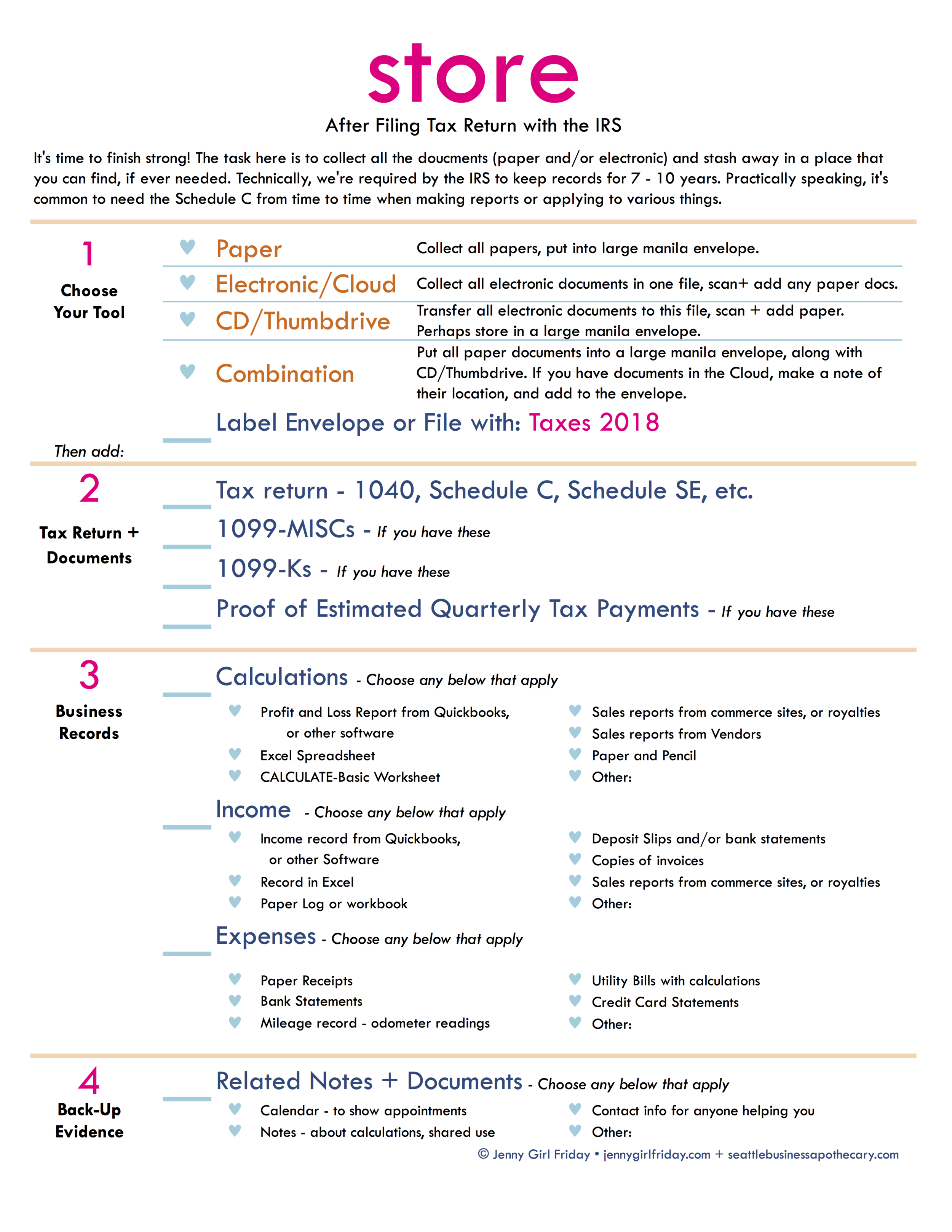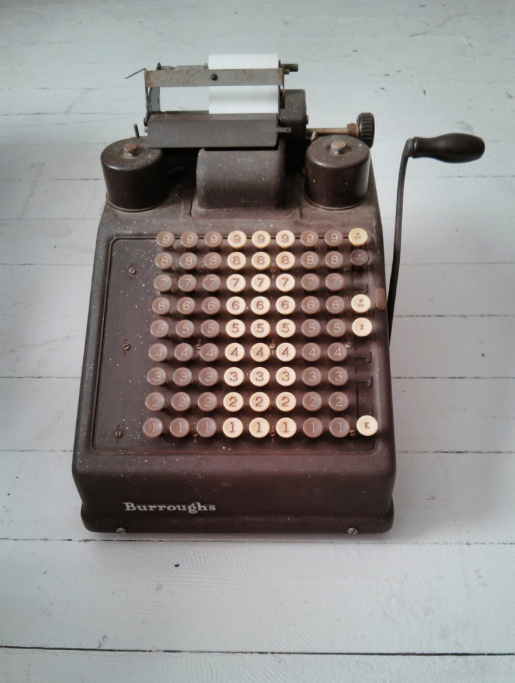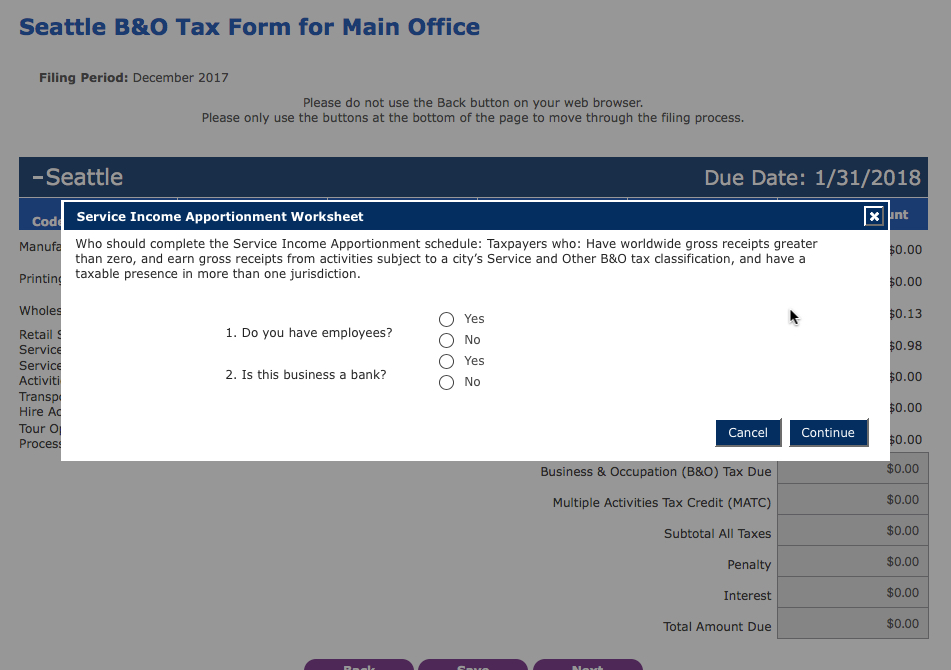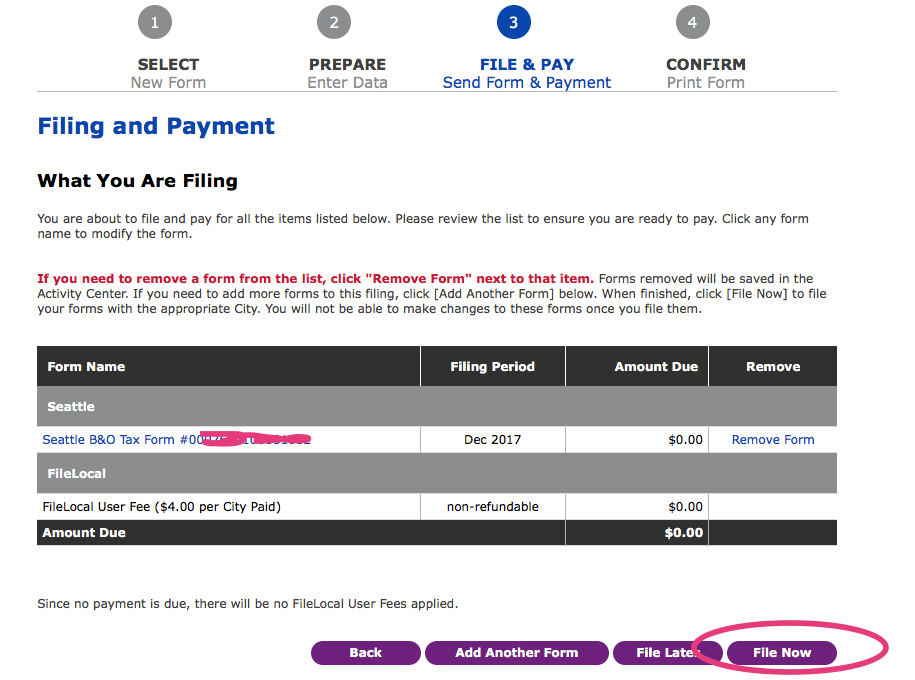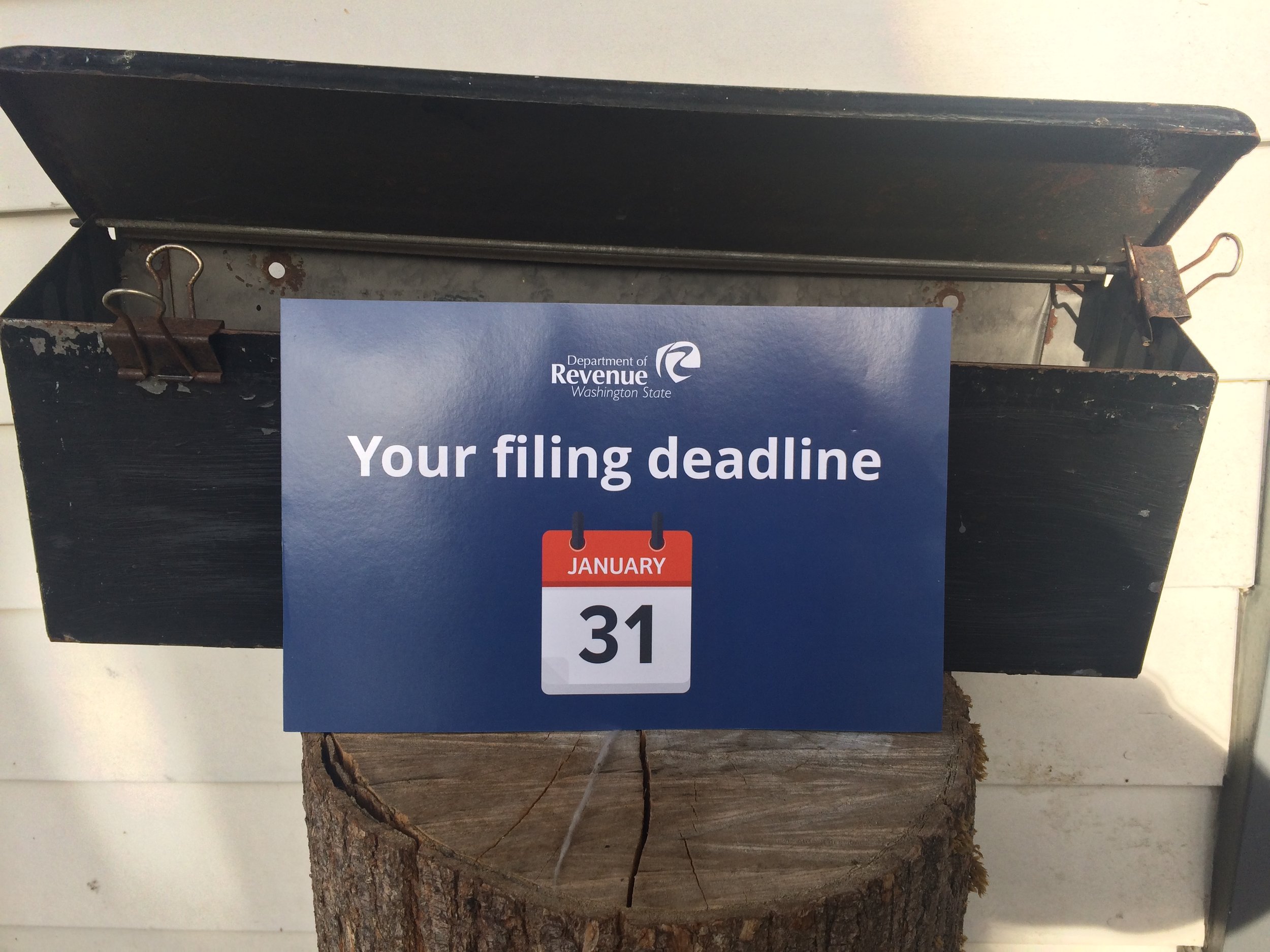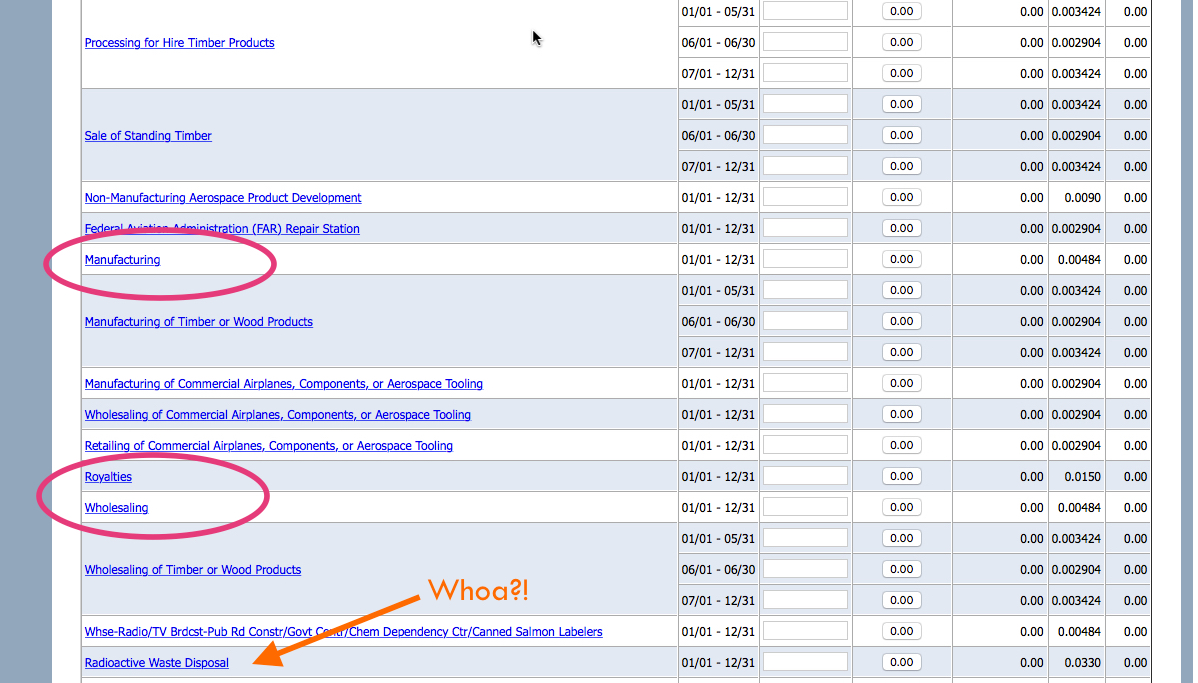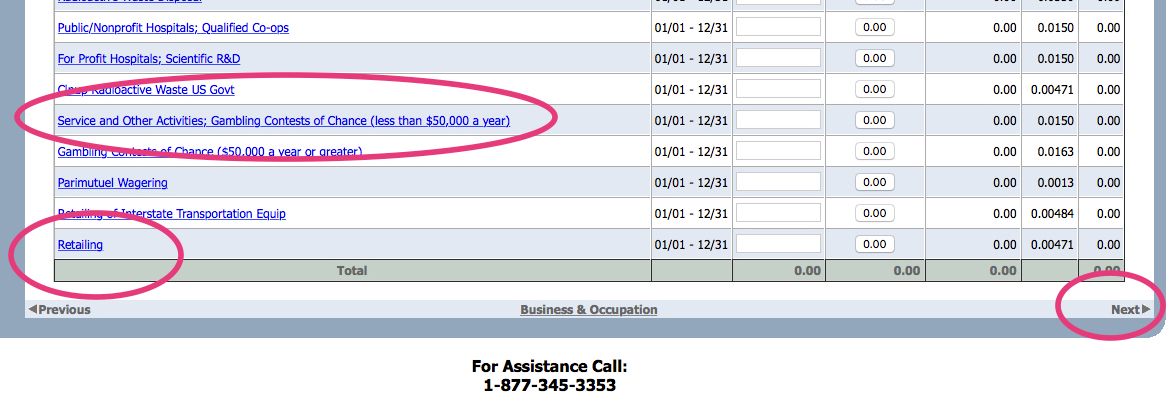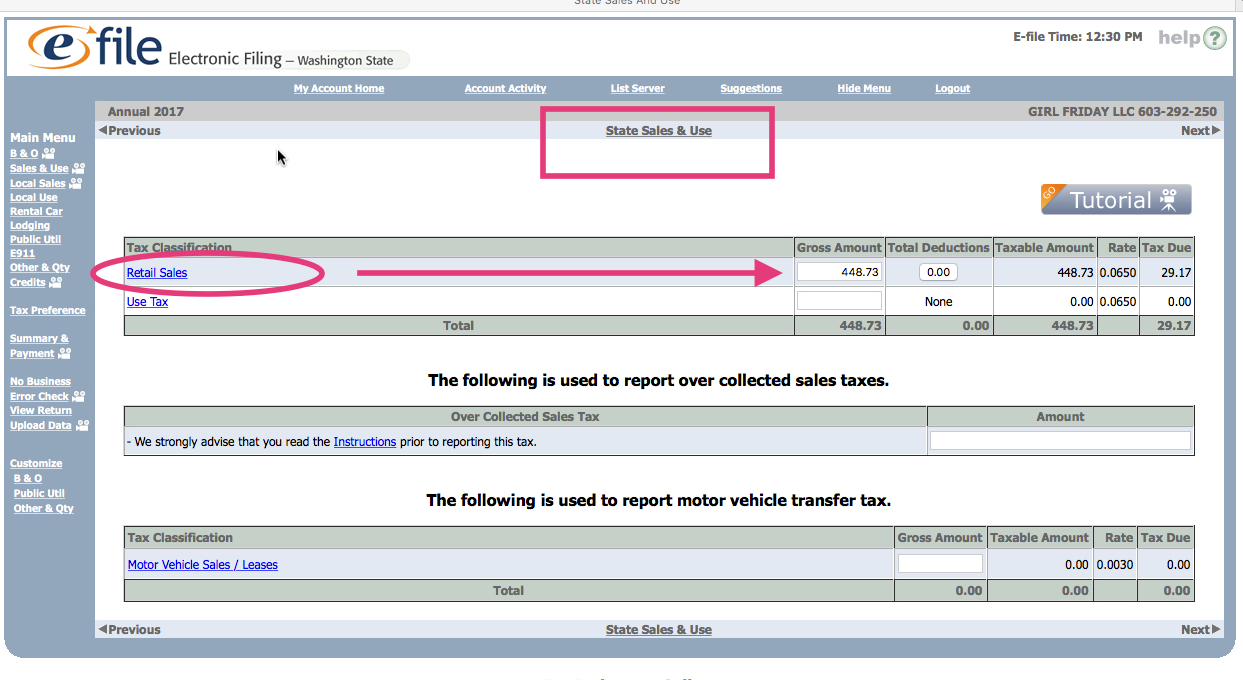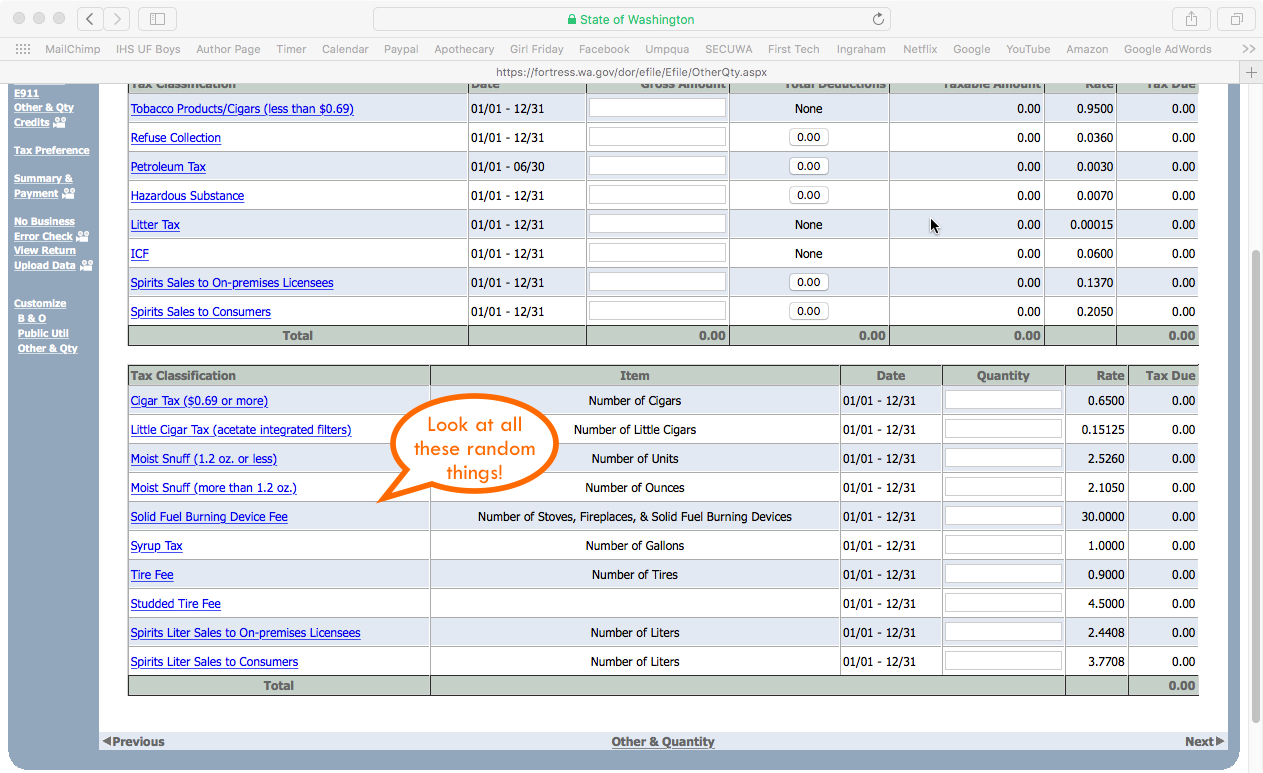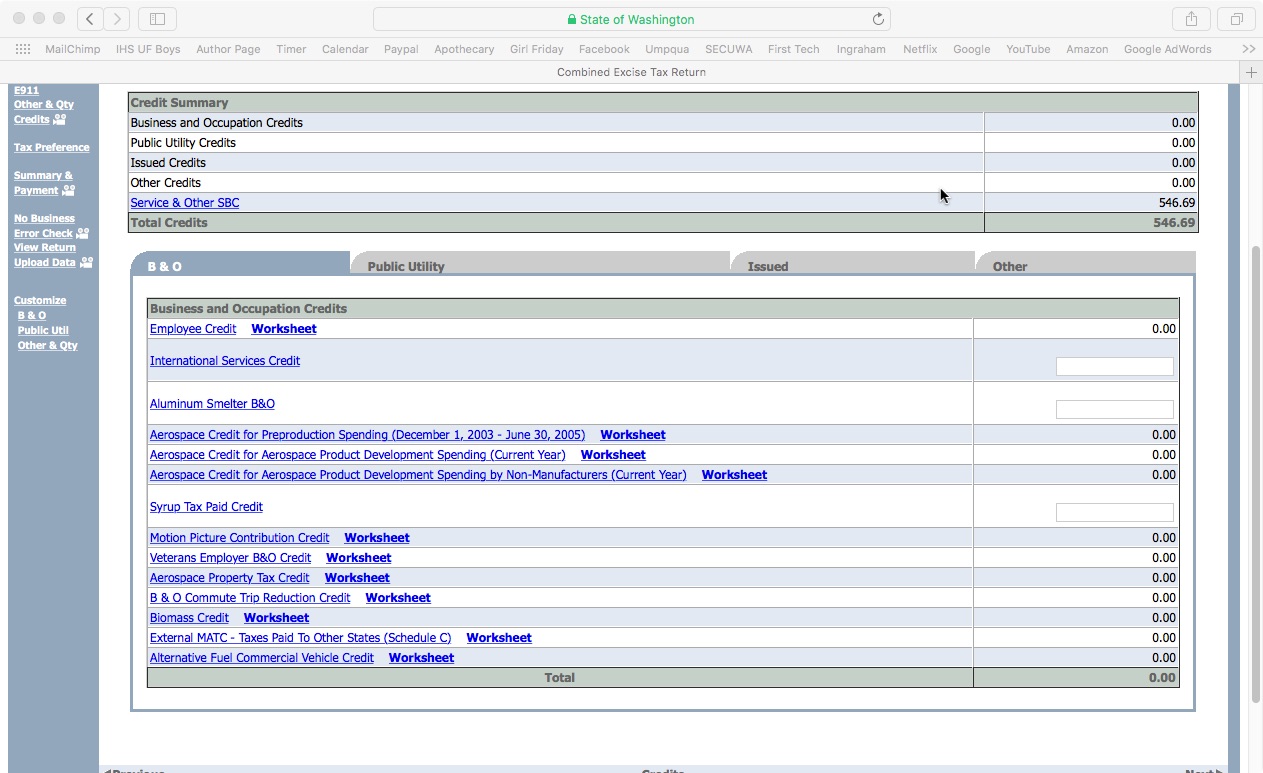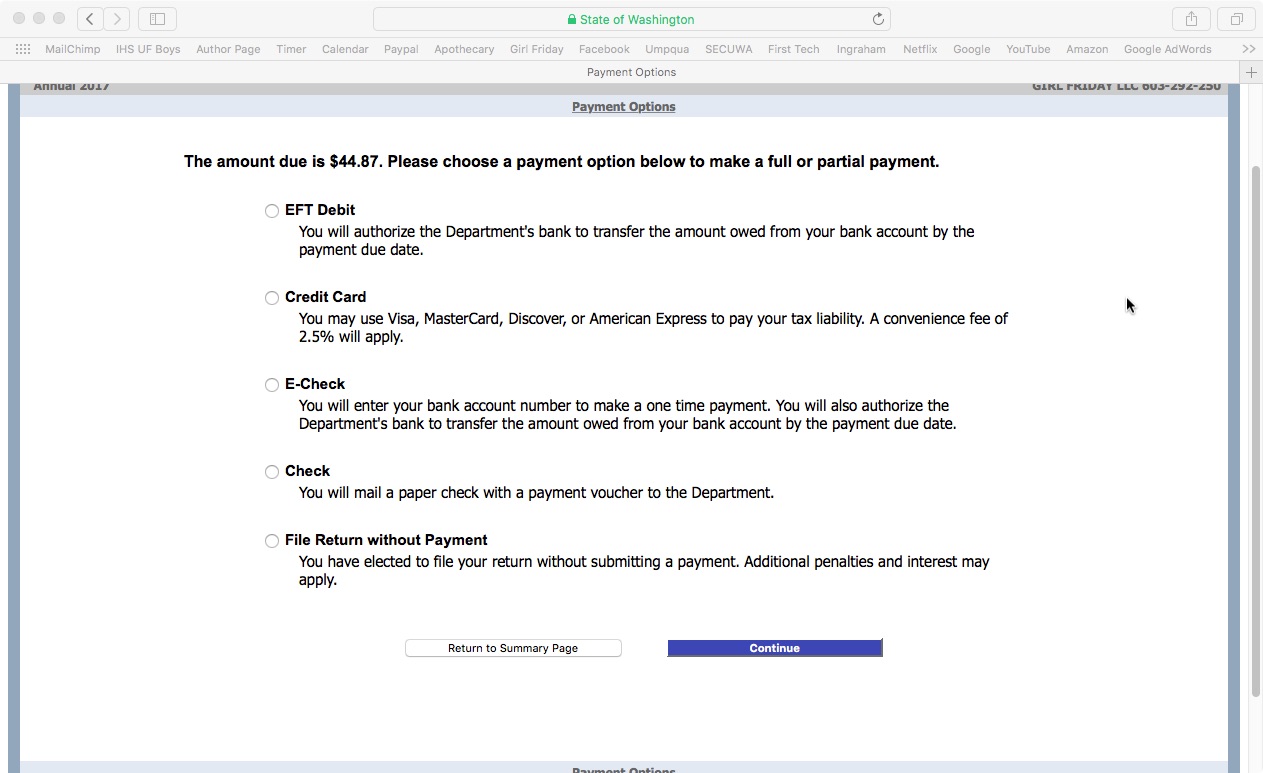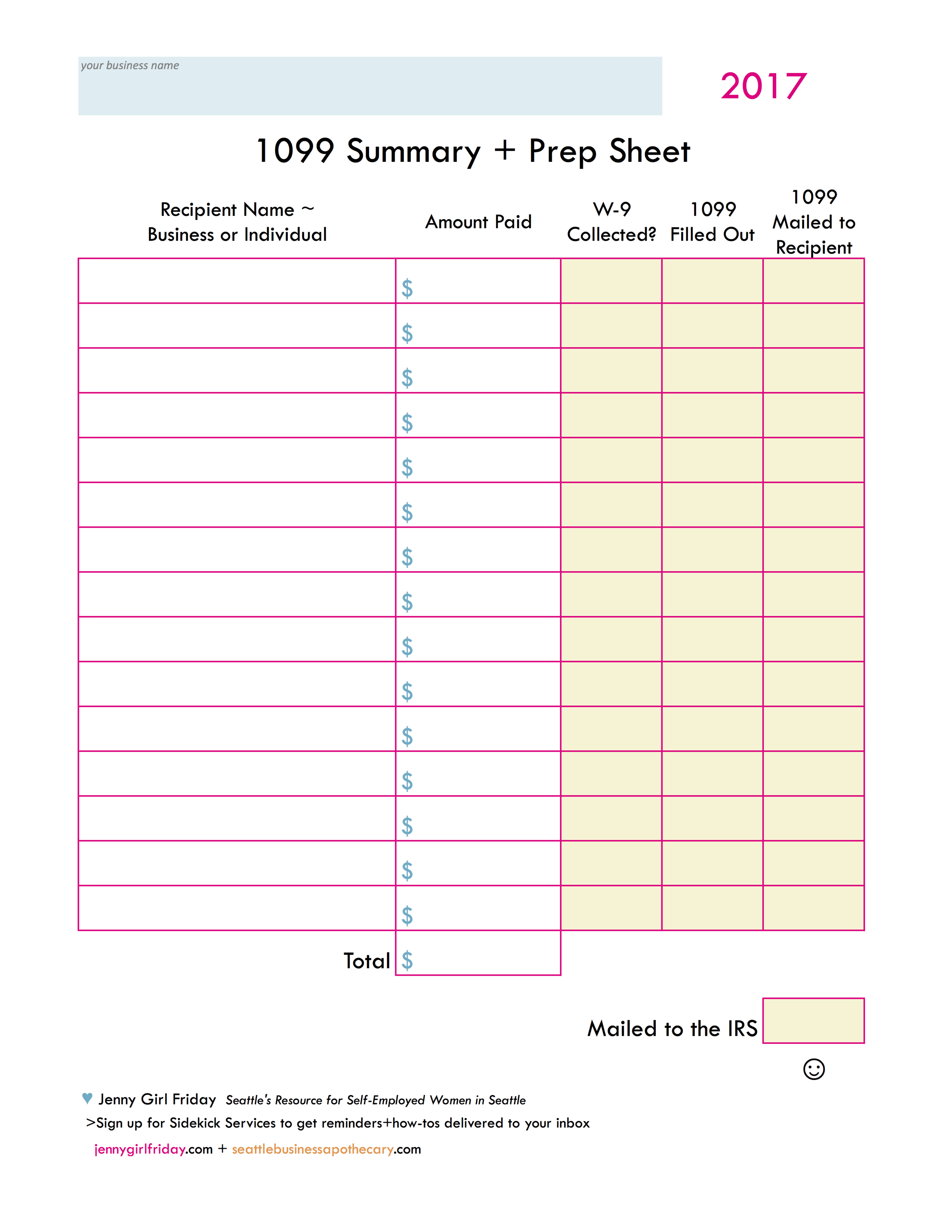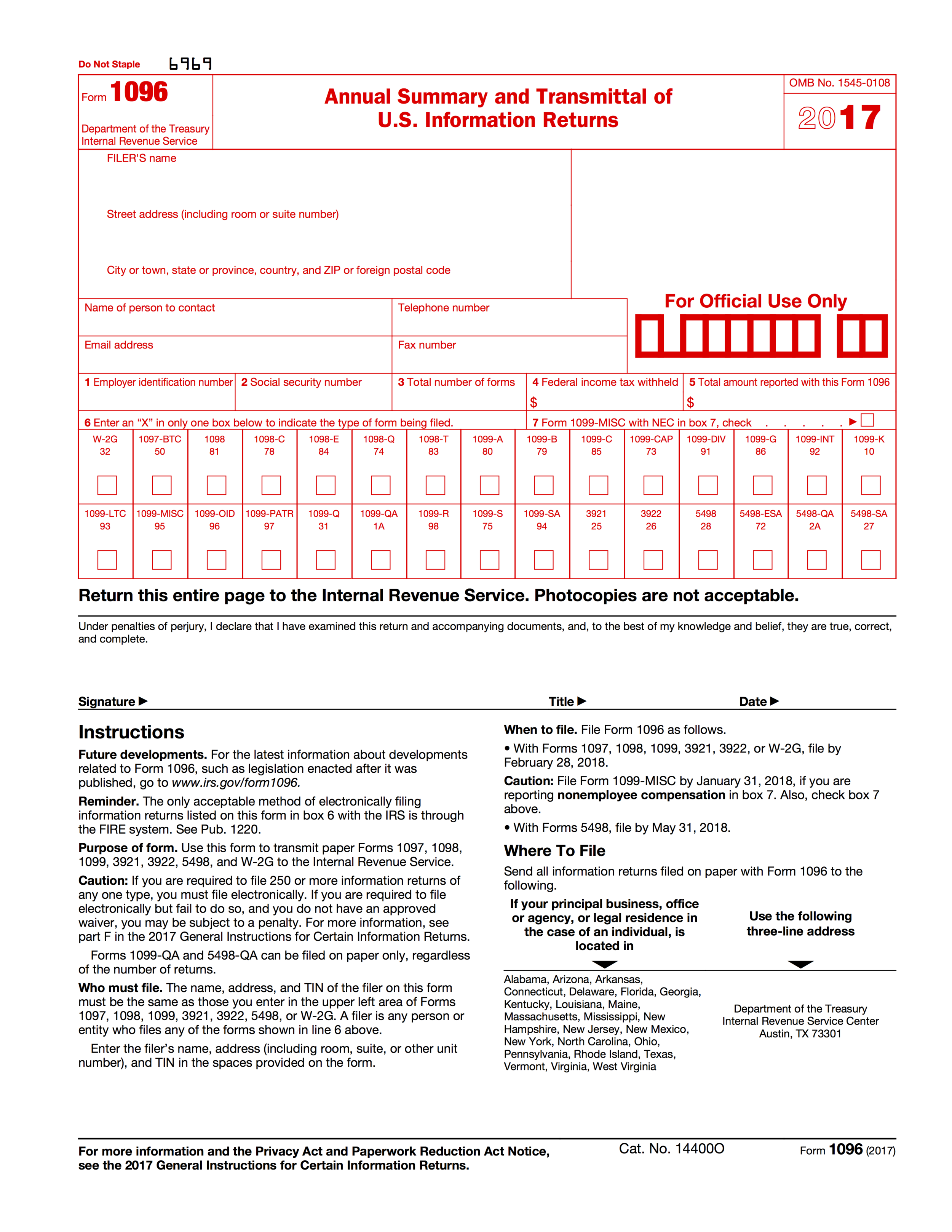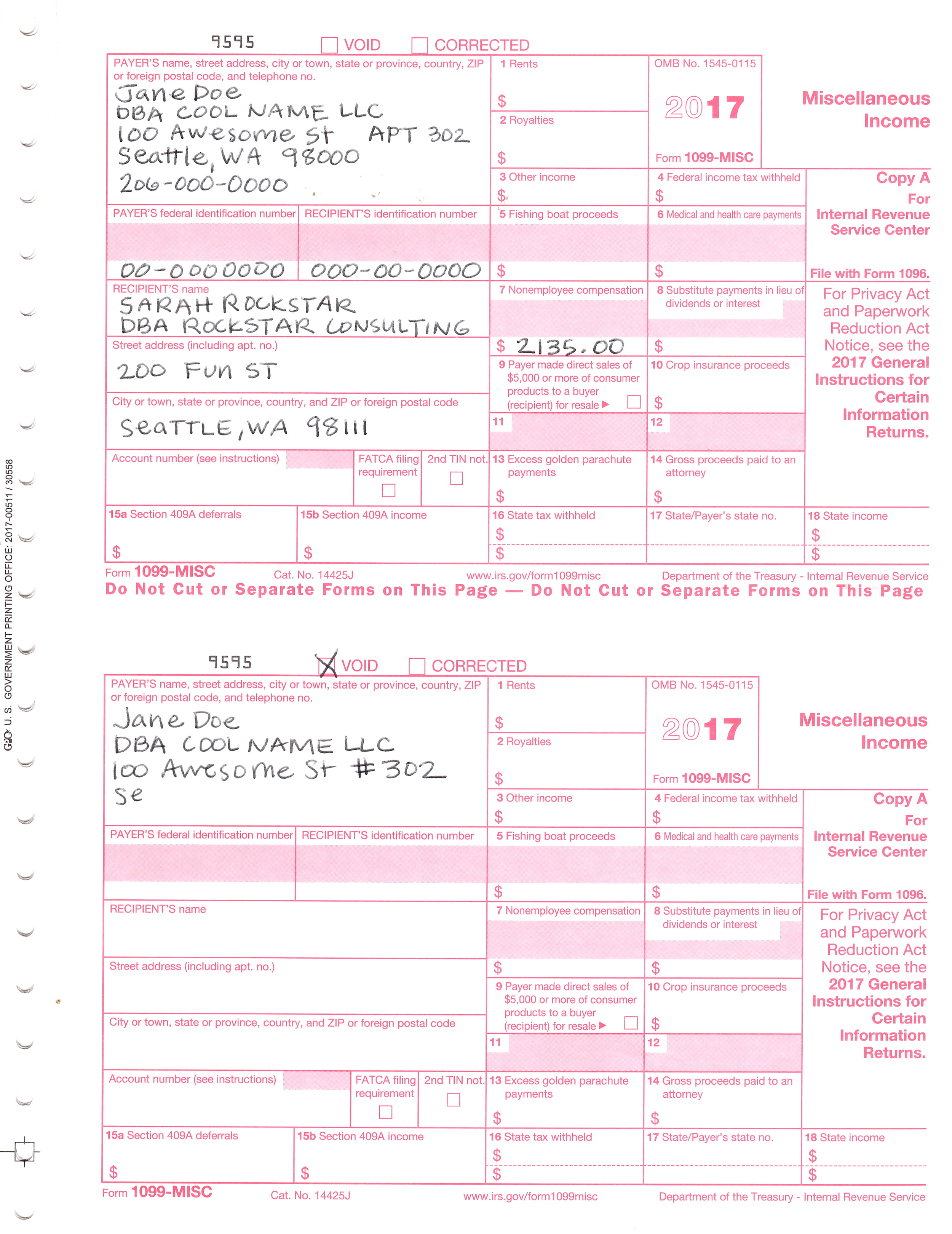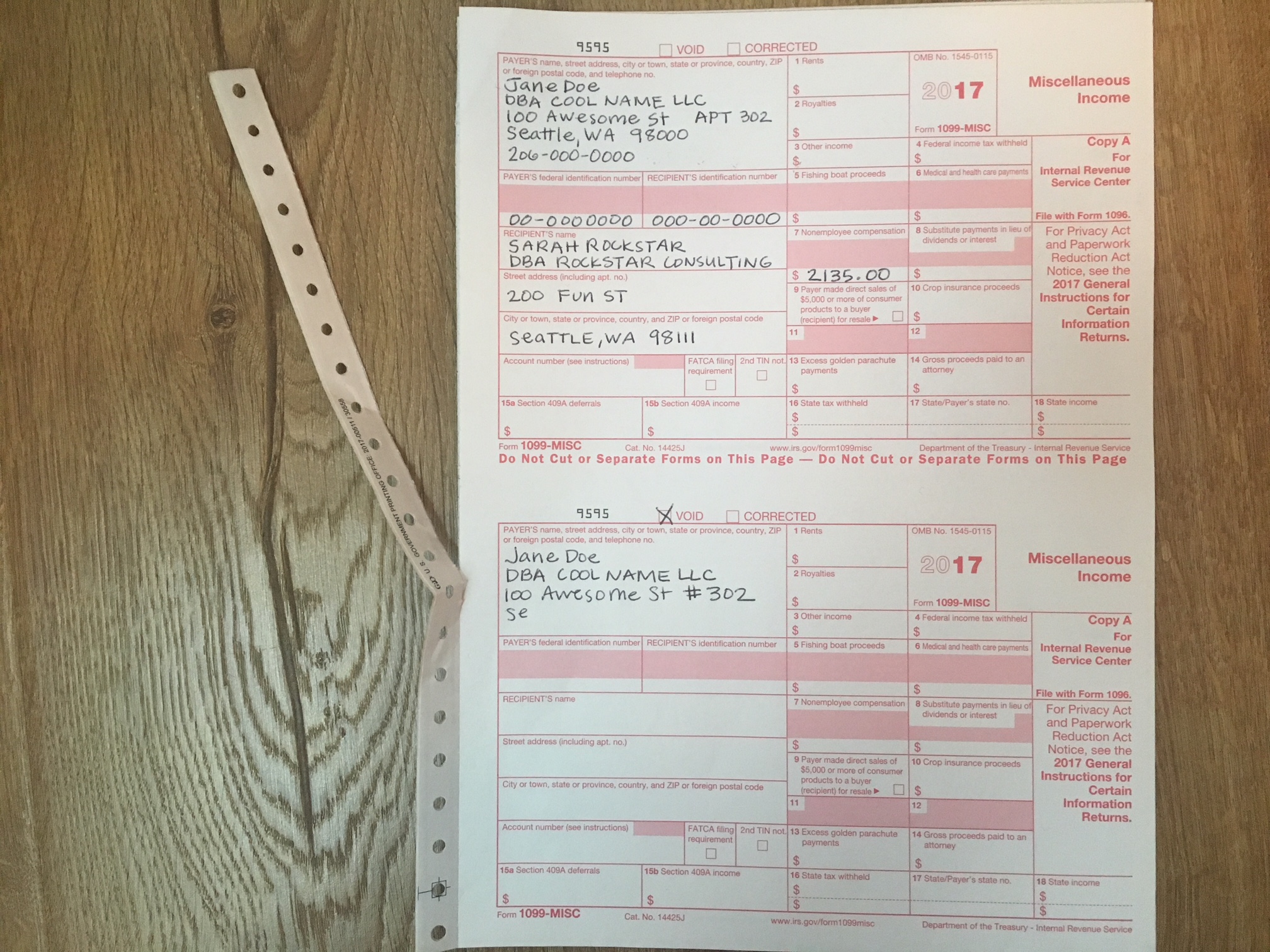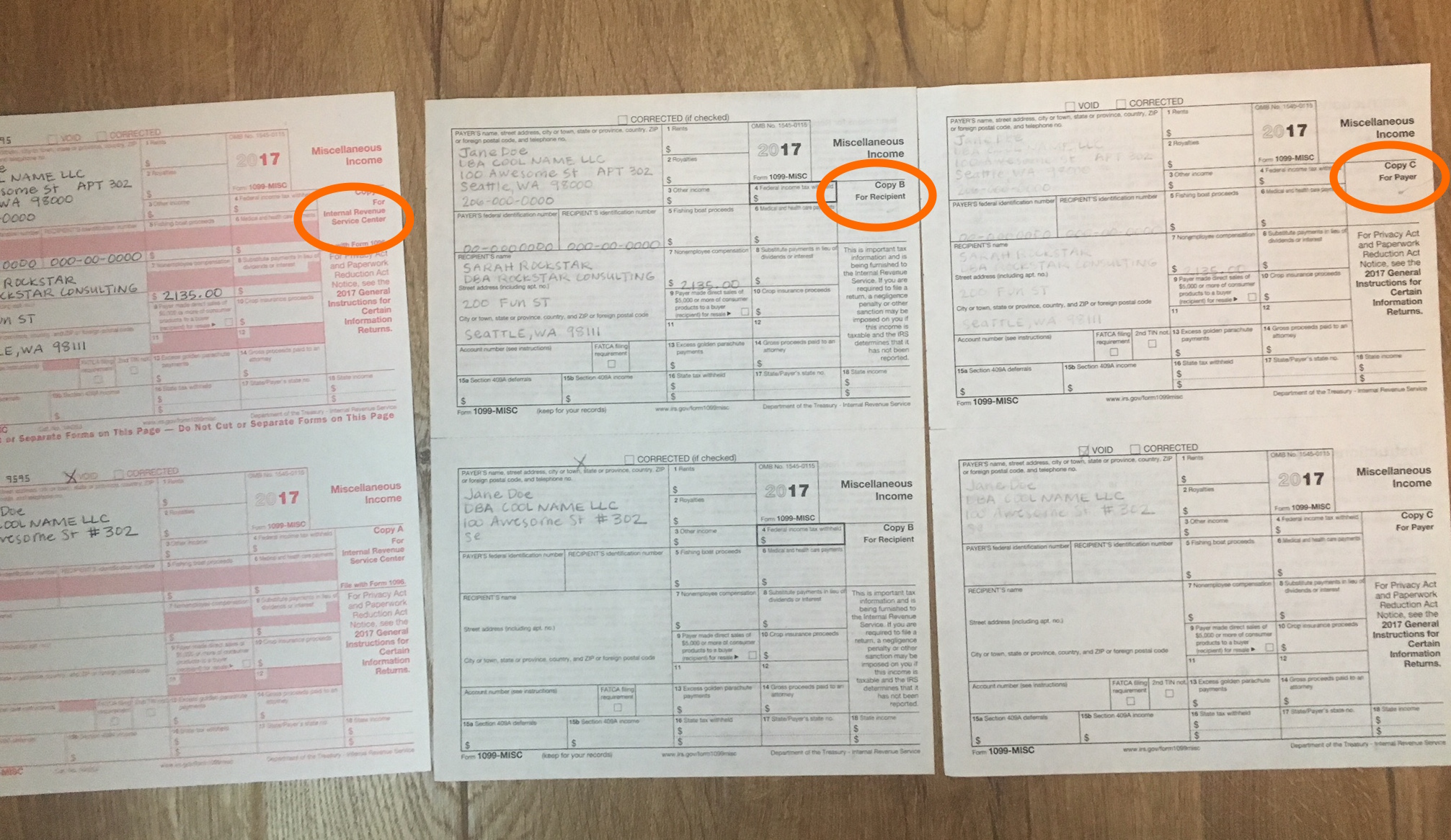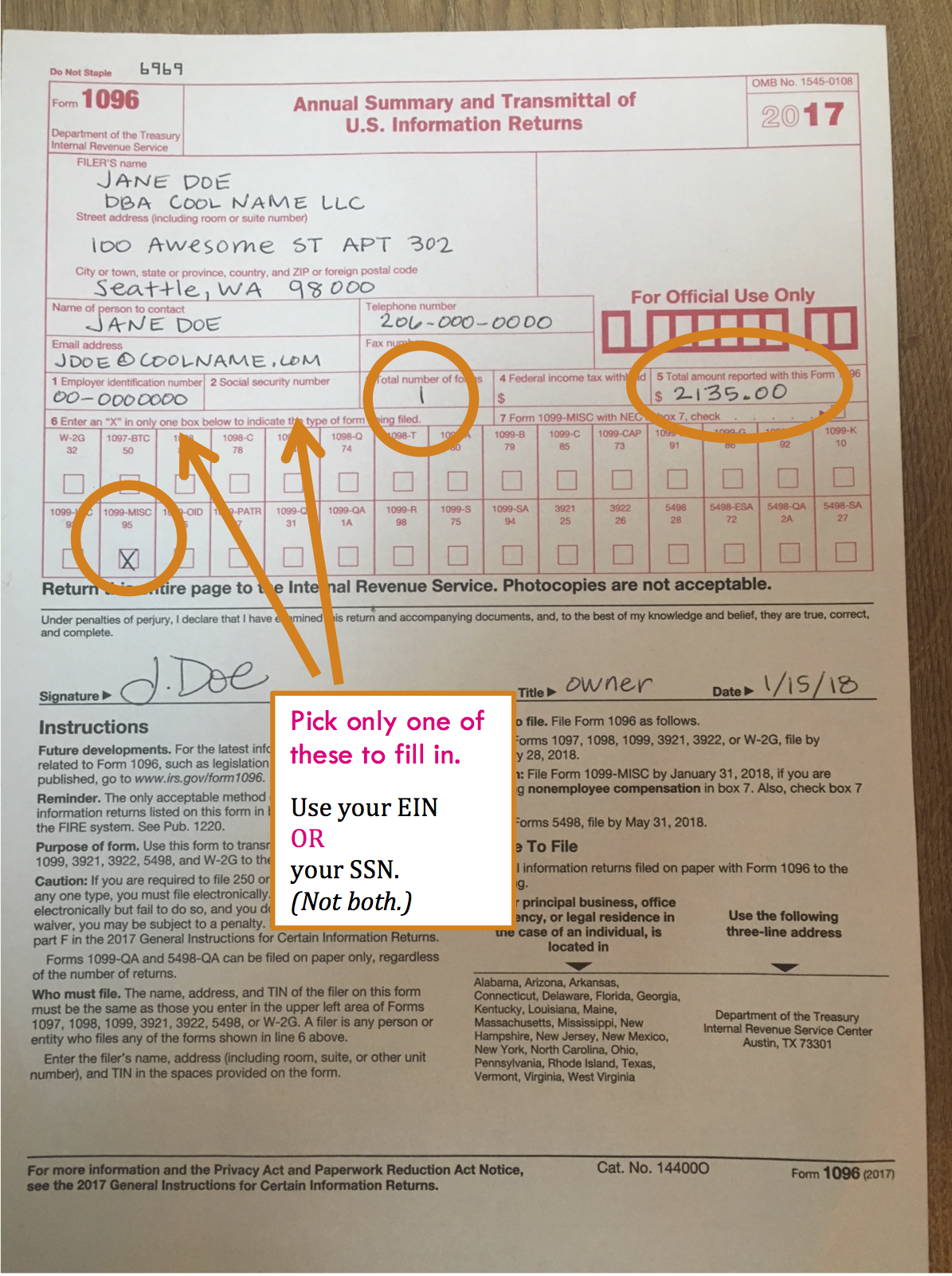What does the County tax us on? How much are the taxes?
The county taxes us on property:
1 - real estate (land and buildings)
2 - "personal property" (equipment)
If your business owns any land or buildings, please contact them directly.
For "personal property", totaling OVER $7500, we pay about 1% in taxes. (We owe nothing if the value is under $7500.)
Do I have to report to King County?
Technically speaking, ALL businesses must register with King County and make a report every year. Realistically speaking, many micro and small businesses do not know about the County, and are not registered, and it has not been a problem (so far). One similar situation is the Speed Limit. Many people drive over the speed limit, but never get a ticket—especially if you're over by only 2-5 mph. I cannot give any advice about what to do, but want to give you some context so you can make your own decision!
What counts as "personal property"?
"Personal property" is a funny term. It sounds like the opposite of business! But it IS the term for equipment and supplies that you use to do business. Like: desk, shelves, computer, printer, art equipment, and even office supplies. Think of it like this: it's property that we can pick up and carry, on our person.
How do I register with the county?
Someday, I'll have a blog post on this...for now.......)
There is a form to fill out, either on paper or as an interactive PDF.
To find it~
1
Go to the eListing page
2
Look on the LEFT side Navigation
3
Click the "Report New Business" button
4
It will download a Word document
5
It asks you to list "Owned Business Assets" ~ these are all the physical things your business owns (furniture, tools, computer) that do NOT get consumed.
6
Notice, right underneath the the "Owned Business Assets" subtitle, there's a small box where you need to list "Supplies Monthly Cost". This is for things like paper and ink, things you use up.
7
Send in form—either through email or snail mail.
Call the County with any questions! 206-296-5126
What happens after I register?
The county will add you to their system, and will most likely send you an email. Then, the following calendar year, you report any additional equipment the business has acquired, and/or any increases in supplies.
IF the total exceeds $7500, the business will be taxed about about 1%.
IF there's NO CHANGE, then we're still required to send in a report saying so.
How do I make a report to King County?
Go the eListing on the King County page.
If you need help, you can reach the County by phone or email. Don't be shy, it's their job! Here's a quote from the website:
"DID YOU KNOW?The assessor's staff is available to assist you in any way we can. If you have question or concerns, please feel free to call us at 206-296-5126."




















